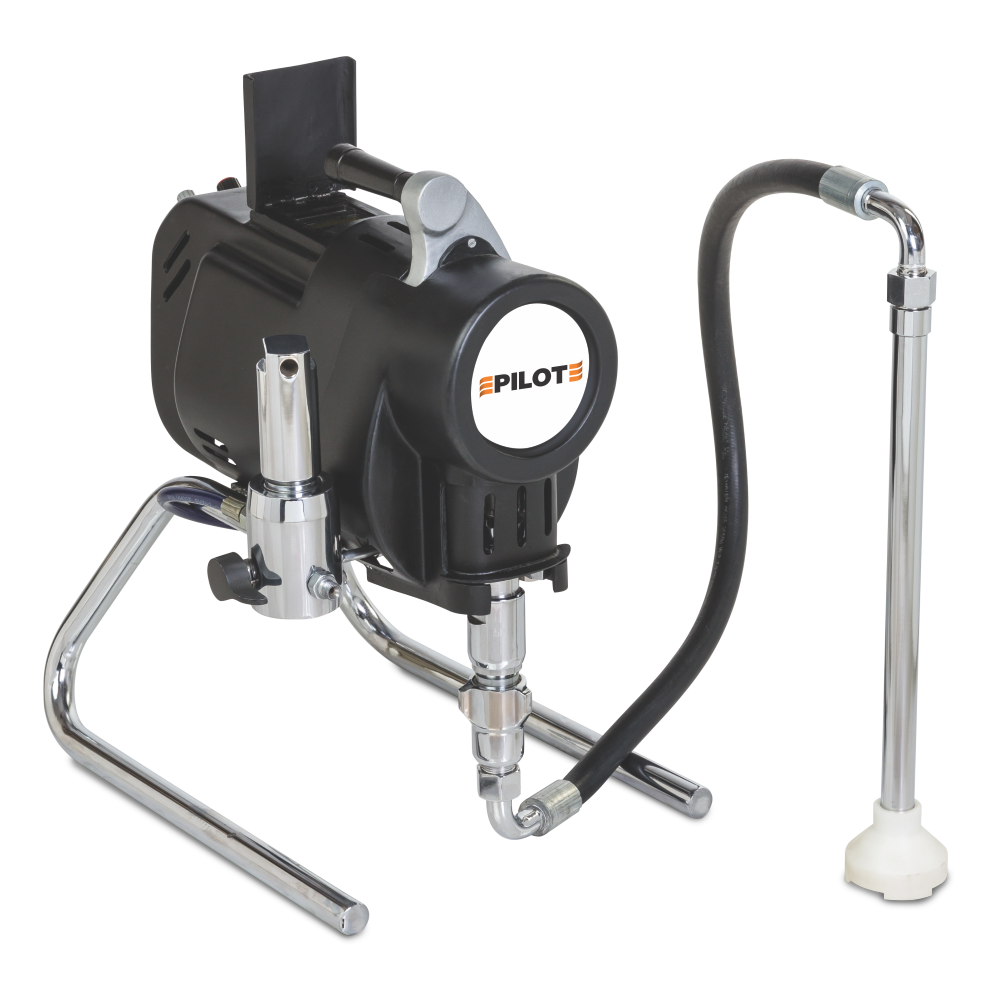The Power of Airless: Understanding How Airless Spray Systems Elevate Your Projects
In the vast landscape of painting and coating applications, airless spray systems stand out as a game-changer for professionals. These innovative tools have transformed how we approach surface finishing tasks, offering unmatched efficiency, uniform coverage, and superior finish quality. But what exactly makes airless spray systems tick, and why should you consider adding one to your toolkit? Let’s dive into the world of airless spray technology, highlighting how it works and the compelling reasons for making it your go-to solution for painting projects, without getting bogged down in overly technical jargon.
Unravelling the Mechanism: How Airless Spray Systems Work
At its core, an airless spray system operates on a simple yet effective principle. Unlike traditional spray guns that rely on air compressors to atomize paint, airless systems utilize high pressure to propel paint through a spray tip. This process effectively atomizes the paint without the use of air, hence the term “airless.” The result is a fine mist of paint that can be precisely applied to a variety of surfaces.

Key Features of Airless Spray Systems
- High-Pressure Pump: The heart of an airless system is its high-pressure pump, which can generate pressures significantly higher than those used in conventional air-assisted spray systems. This high pressure allows for the paint to be atomized finely and evenly without the need for air.
- Spray Tip Variability: Airless systems come with a range of spray tip sizes and shapes, allowing users to customize the paint flow and pattern based on the specific needs of the project. This versatility makes airless spray systems suitable for a wide array of applications, from detailed work to large surface areas.
- Efficient Paint Usage: Due to their precise application, airless spray systems are known for their efficient use of paint. With reduced overspray and better coverage, they can save users time and materials, ultimately reducing the cost of painting projects.
Why You Need an Airless Spray System
- Speed and Efficiency: Airless spray systems allow for rapid application of paint, covering large areas in a fraction of the time it would take with brushes or rollers. This speed, combined with the system’s ability to evenly coat surfaces in a single pass, dramatically increases project efficiency.
- Superior Finish Quality: The fine atomization of paint achieved by airless systems results in a smooth, uniform finish that is difficult to replicate with other methods. This quality is especially beneficial when working on surfaces that require a high level of finish, such as cabinets, doors, and trim.
- Versatility: Whether you’re painting interior walls, exterior siding, fences, or furniture, airless spray systems are up to the task. Their ability to handle a wide range of paint types and viscosities, coupled with adjustable pressure settings, makes them incredibly versatile tools.
- Reduced Labor and Cleanup: The efficiency of airless spray systems not only saves time during application but also reduces the effort required for cleanup. With fewer drips and less overspray, post-project cleanup can be minimized, allowing you to move on to the next task more quickly.

Conclusion
Airless spray systems represent a significant advancement in painting technology, offering a combination of speed, efficiency, and finish quality that traditional methods can’t match. Whether you’re a seasoned professional or a DIY enthusiast looking to elevate your projects, understanding how these systems work and the benefits they offer can help you make an informed decision. With their ability to deliver superior finishes across a wide range of applications, it’s clear why airless spray systems have become a must-have in the arsenal of painting and coating tools.


Recent Comments